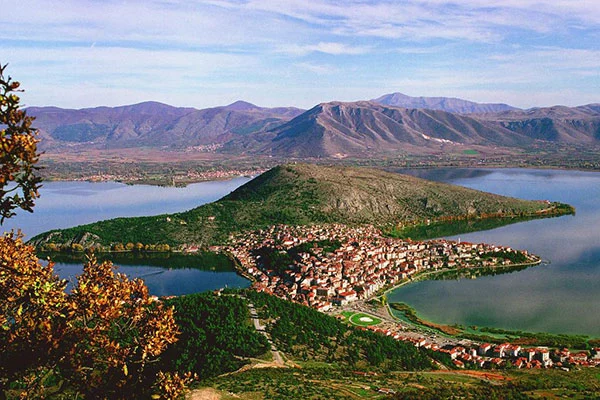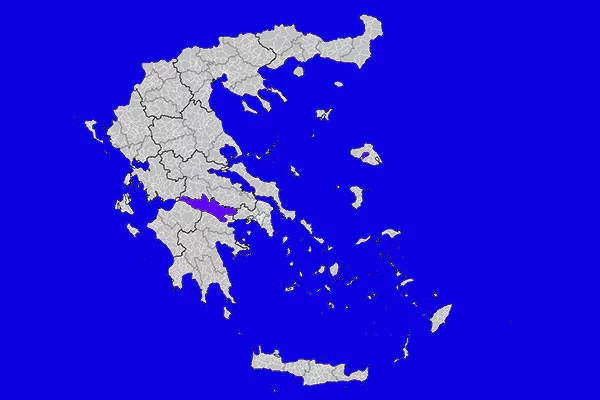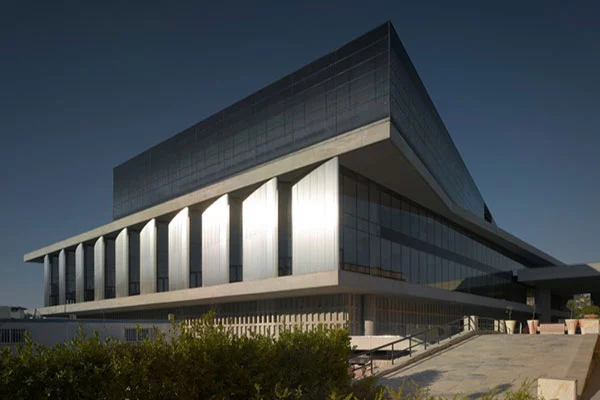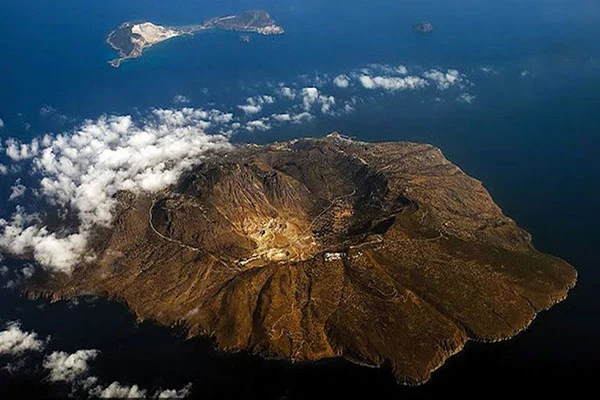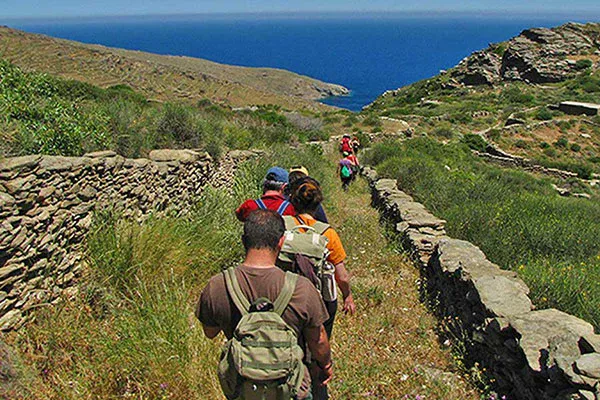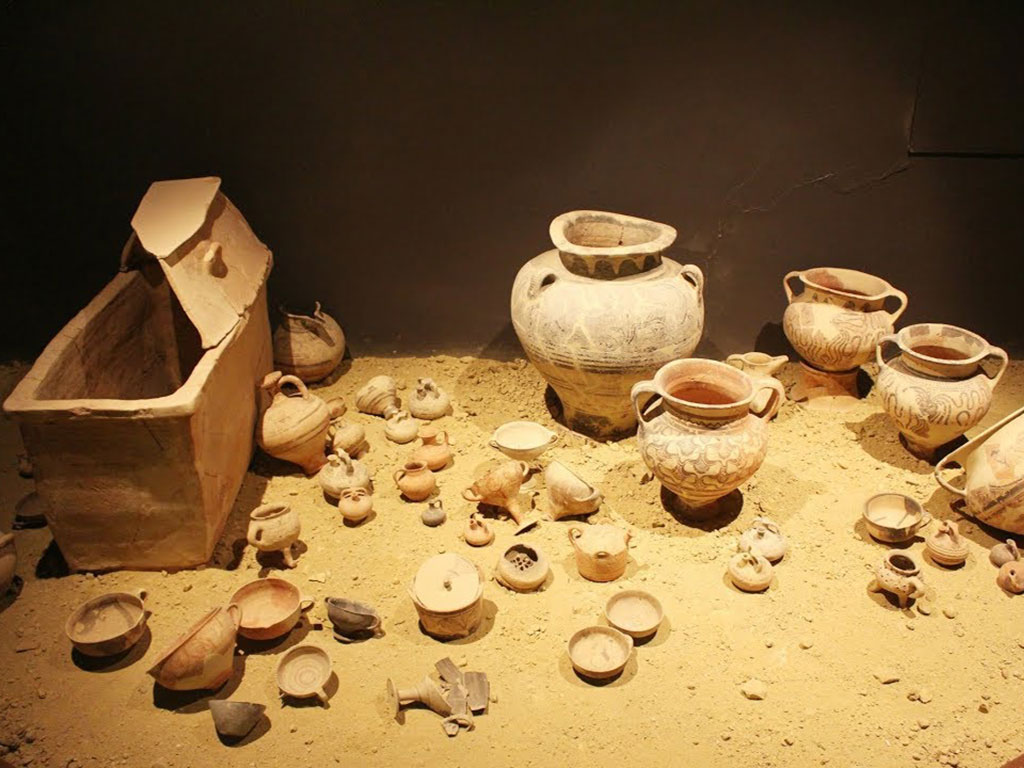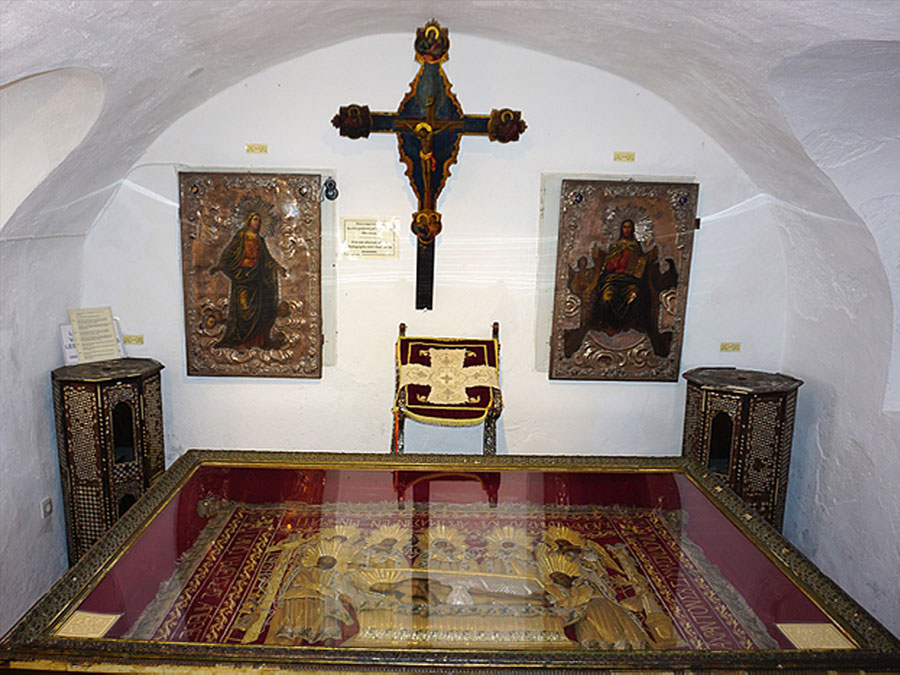
Chorio (Ano Symi)
Chorio or otherwise known as Ano Symi, literally translates to Village in Greek. It is the main town of the island where most of the locals live. It starts exactly where Gialos ends, boasting a labyrinth of narrow streets designed to confuse sea pirates in days gone by and charming neoclassical houses with bright and vivid colors, often with spectacular views of the harbor and the coast of Asia Minor in the distance. The mansions reflect the island's rich past since Symi was once one of the richest islands with a tradition in sponge diving, ship building and wood carving. Even though, it is not near Gialos, still maintains a vibrant lifestyle with bars, various restaurants and traditional tavernas, dotted around the main square. In this square, several cultural events take place every summer. Chorio retains an untouched charm and has a special vibe, making it one of those places worth visiting, even if you are not staying in the area.
Chorio is accessed upon climbing the 450 stone steps of the Kali Strata and offers a spectacular view as well as a sense of tranquility. The path is lined with two-storey, old, neoclassical mansions painted in warm colours and covered with tiled roofs. Much of the old town was damaged when the castle blew up in the Second World War, leaving behind some intriguing ruins. For many years it was largely abandoned by its people, though in recent years has seen some resurgence. Many old buildings have now been restored and serve as family hotels or residences.
At the top of the village, you can find the ruins of the ancient acropolis with the remains of the Castle of the Knights of St. John, inside which lies the church of the Virgin of the Castle ("Panagia tou Kastrou"). The acropolis dates back to antiquity, whereas the castle was built by the Venetians knights in the Medieval times. Those who make it to the site of the ancient acropolis are rewarded with 360’ views of the Turkish peninsula, Gialos harbor and Pedi Bay. Chorio also houses some interesting and cute churches, with some dating from the Byzantine era, like the church of Agios Georgios, the church of Metamorphosis and Panagia of Kastro where the visitor can admire the icon of the Day of Reckoning, painted by the most important post-Byzantine hagiographer Georgios Klonzas in the second half of the 16th century. There is also an archaeological museum, housed in a traditional mansion and the old municipal pharmacy which has been renovated and transformed into a municipal surgery. Wander through the cobbled pathways and admire the beautiful mansions and especially Hatziagapitos House from the 18th century and the windmills which are what is left of the 20 windmills, once operated on the island.

Monastery of Panormitis
Monasteries
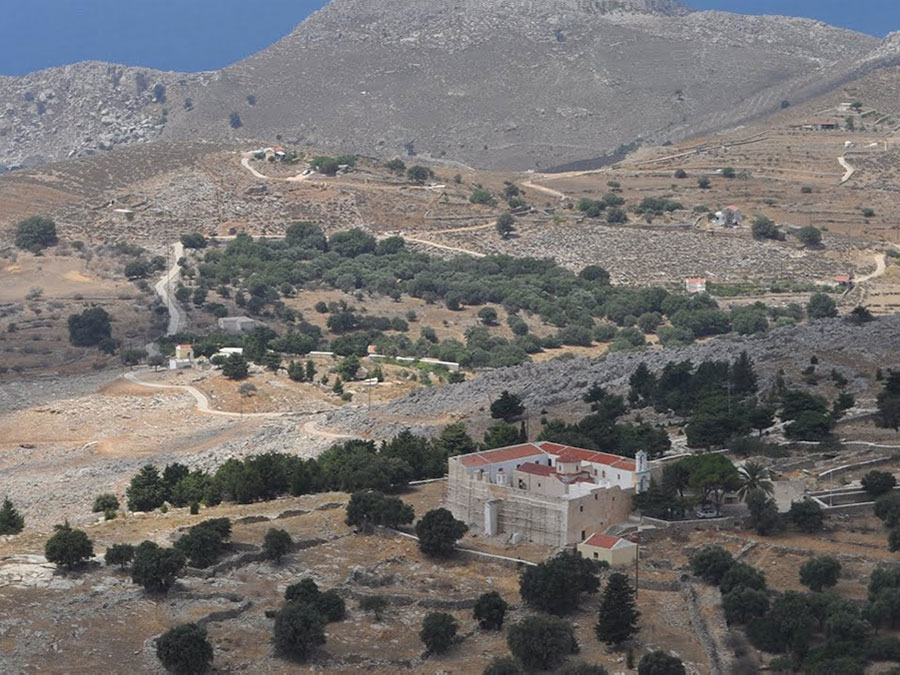
Monastery of Michael Roukouniotis
Monasteries
GPS Coordinates 36.58557, 27.84286


